Table of contents :
Issue 1
……Page 1
Introduction……Page 5
Experiments……Page 6
Results and discussion……Page 7
References……Page 10
Introduction……Page 11
Computational fluid dynamics approach……Page 12
Pressure drop prediction under different operating temperature……Page 13
References……Page 15
The potential environmental impact of a chemical process……Page 17
PEI rate-law expression……Page 18
Case study……Page 19
The effect of back-mixing on environmental performance……Page 20
Not considering PEI of A……Page 21
The effect on Igen……Page 22
Discussion……Page 23
Nomenclature……Page 24
References……Page 25
Introduction……Page 26
Experimental method……Page 27
Distribution of metals among the constituents of activated sludge mixed liquor……Page 28
Results and discussion……Page 29
Distributions of different metal forms in the sludge……Page 30
Conclusions……Page 33
References……Page 34
Introduction……Page 36
Thermal conductivity lambdaeff [11,14]……Page 37
Two-dimensional model……Page 38
Results……Page 39
References……Page 41
Tuning of proportional only (P-only) controllers……Page 43
Tuning of proportional-integral (PID) controllers……Page 45
Systems with inverse response and time delay……Page 46
Control of integrating processes with time delay and inverse response (IPTD&IV)……Page 47
Control of an unstable process……Page 48
Control of first order processes with large time delay (FOPTD)……Page 49
References……Page 51
Introduction……Page 52
Representation of the results……Page 53
Effect of membrane thickness……Page 54
Effect of temperature on pervaporation……Page 55
Effect of feed composition……Page 56
Effect of pressure on pervaporation……Page 57
References……Page 58
Introduction……Page 60
The newly developed gamma ray computed tomography (CT) scanner design……Page 62
Collimator slit width and radioactive source strength……Page 63
CT scan evaluation……Page 64
Liquid distribution in the bed of corrugated structured packing……Page 65
References……Page 69
Introduction……Page 71
Preparation and characterisation of the adsorbent……Page 72
Comparison of three typical cycles……Page 73
Efficiency of the ANG process……Page 75
Experimental profiles of the mean ratios for nitrogen, i-butane, n-butane, i-pentane, n-pentane, and the hydrocarbons with molecular weight higher than n-pentane (C6+)……Page 77
References……Page 79
Introduction……Page 80
Experimental setup……Page 81
Gas holdup……Page 82
Bubble rise velocity……Page 83
Bubble size distribution……Page 84
Conclusions……Page 85
References……Page 86
Introduction……Page 87
Model formulation……Page 88
Fuzzy multi-criteria optimization……Page 92
Numerical example……Page 93
References……Page 97
Introduction……Page 99
Reactor model……Page 101
Minimum batch time problem (P2)……Page 102
Sequential approach……Page 103
Generic model control (GMC)……Page 104
Application of GMC controller to the batch reactor……Page 105
Maximum conversion problem (P1)……Page 106
Temperature set point profile determined on-line with GMC controller……Page 107
Minimum time problem (P2)……Page 109
Nomenclature……Page 111
References……Page 112
Experimental……Page 113
Results and discussion……Page 114
Nomenclature……Page 116
References……Page 117
Introduction……Page 118
Volumetric mass transfer coefficient……Page 121
Mass transfer coefficient……Page 123
Effect of surfactants……Page 124
Effect of diluted gas (air) absorption……Page 125
Nomenclature……Page 126
References……Page 127
Introduction……Page 128
Selection of a suitable entrainer for the separation of n-hexane-ethyl acetate mixtures by heterogeneous azeotropic batch distillation……Page 129
Simulation of the separation of the mixture n-hexane-ethyl acetate by heteroazeotropic batch distillation using acetonitrile……Page 131
References……Page 133
16. Inside front cover – Editorial Board.pdf……Page 135
1. Special issue on conveying and handling of particulate solids.pdf……Page 136
Ph.D. programnme……Page 138
Pressure gradient data……Page 140
Scaling parameters……Page 141
Pipeline bends……Page 142
Glasgow……Page 143
Pipeline bends……Page 144
High-pressure conveying……Page 145
References and publications……Page 146
Introduction……Page 149
Experimental……Page 150
Results……Page 151
Nomenclature……Page 152
References……Page 153
Introduction……Page 154
The take-off criterion……Page 155
Modelling of the pavement……Page 157
Numerical results……Page 158
Nomenclature……Page 160
References……Page 161
Characteristics of slug flow – DEM modelling……Page 162
Experimental analysis……Page 166
References……Page 168
Introduction and approach……Page 169
Material……Page 170
Comments on the process function……Page 171
Concept for determination……Page 172
Experimental setup and parameters……Page 173
Correlation between single particle experiments and material properties……Page 174
Conclusions……Page 177
Nomenclature……Page 178
References……Page 179
Introduction……Page 180
Theoretical model……Page 181
Numerical results and discussion……Page 182
References……Page 184
The precipitation theory……Page 186
Experimental……Page 187
Experimental results and discussion……Page 188
Conclusion……Page 192
References……Page 193
Crystallisation with supercritical processes……Page 194
Cocoa butter particle generation……Page 195
Particle formation experiments……Page 197
Perspectives and conclusion……Page 199
References……Page 200
Background and objectives……Page 201
Identification of problems, knowledge barriers and research challenges and opportunities……Page 202
Dust prevention and control……Page 203
Education……Page 204
Acknowledgements……Page 205
References……Page 206
High pressure fluidized-bed device……Page 207
Calculation of layer thickness……Page 208
Fluidization……Page 209
Conclusions……Page 210
References……Page 211
Experimental……Page 212
Results and discussion……Page 213
Crystallinity……Page 214
References……Page 215
Introduction……Page 216
Reduction of the converter flue dust and the hot plating sludge……Page 217
Synthesis of zinc ferrites……Page 219
References……Page 220
Introduction……Page 221
Hydrodynamics and particle velocity……Page 222
Sand coating with fused plastic……Page 223
Nomenclature……Page 224
References……Page 225
Aim of the study……Page 226
Experimental set-up and methods……Page 227
Results……Page 228
Conclusions……Page 231
References……Page 232
Concept of product engineering……Page 233
Modeling of population dynamics……Page 234
Stabilization during precipitation……Page 236
Stabilization during wet milling……Page 238
References……Page 239
Introduction……Page 241
Experimental procedure……Page 242
Steel surface……Page 243
Coal surface……Page 244
Comparison of three different types of impact surface tested with three types of cushioning samples (Cushioned coal, Initial 10% fines and Initial 30% fines)……Page 245
Comparison of two types of coal tested on three surfaces……Page 246
Degradation model of South Blackwater coal on three impact surfaces……Page 247
References……Page 248
Description of the model……Page 250
Results and discussion……Page 251
References……Page 253
Introduction……Page 254
Application of the theory of Markov chains to model steady-state parameters of complex circuits……Page 255
Closed circuit milling system……Page 257
Network of classifiers……Page 258
References……Page 259
Mathematical model……Page 260
Results and discussion……Page 262
Conclusions……Page 263
References……Page 264
Introduction……Page 265
Gravitational-crossflow zone……Page 266
Air classifiers types and designs……Page 267
Fluidized bed classifiers……Page 268
Inertial air classifiers……Page 269
Circulating air classifiers……Page 270
References……Page 271
Introduction……Page 272
Venturi separator……Page 273
Analysis of particle forces in the venturi……Page 274
Discussion……Page 275
Conclusions……Page 276
Introduction……Page 277
Results and discussions……Page 279
References……Page 280
Modeling using homogenization theory……Page 281
Process dynamics (PD)……Page 282
Comparison of PD with simulations……Page 283
References……Page 285
Introduction……Page 287
Powder blend homogeneity: macro and micro considerations……Page 288
Methodology for detecting structural defaults……Page 290
Experimental set up development and methodologies……Page 291
Electrical capacitance set up……Page 292
Experimental rig and mixers……Page 293
Following the discharge profile through a funnel……Page 294
Kinetics of mixing in a laboratory drum mixer: the Rotocube……Page 295
References……Page 296
Introduction……Page 298
Dynamic model……Page 299
Dynamic results: filling phase of the kiln……Page 301
Dynamic results: transient response to a step in operating parameters……Page 302
Details for the development of the dynamic equation……Page 303
References……Page 304
Dust generation and air entrainment……Page 305
Experimental facility and results……Page 306
Dust explosion hazards……Page 307
References……Page 308
Introduction……Page 309
Results and discussion……Page 310
References……Page 315
29. Inside front cover – Editorial Board.pdf……Page 317
Chemical Engineering & Processing
Free Download
Be the first to review “Chemical Engineering & Processing” Cancel reply
You must be logged in to post a review.
Related products
- Chemistry
Laboratory Experiments for Introduction to General, Organic and Biochemistry
$86.49$21.62
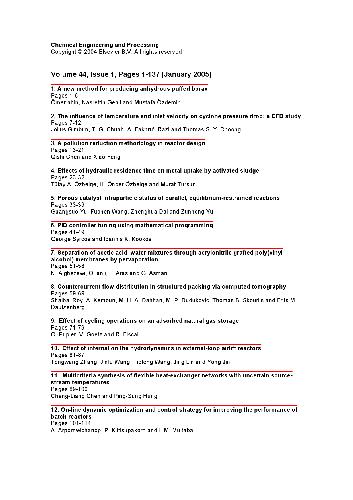
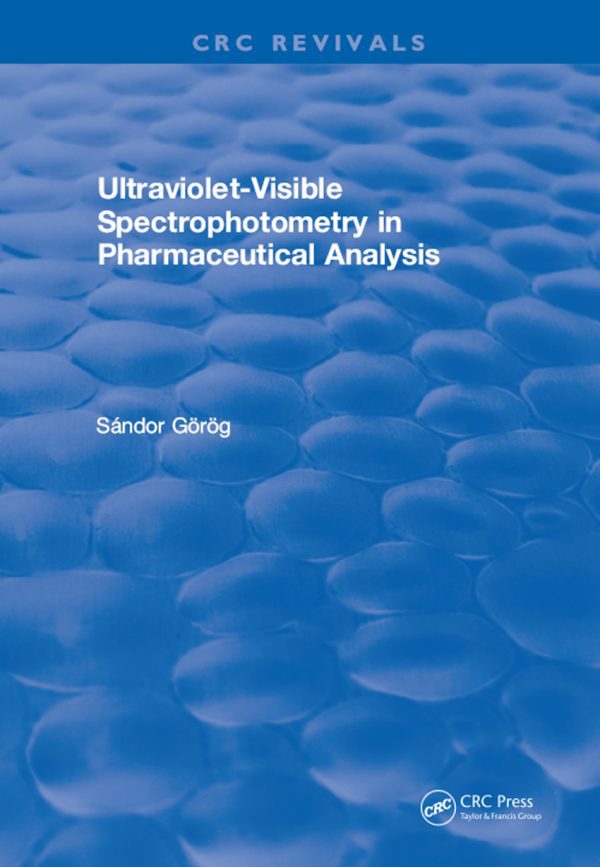
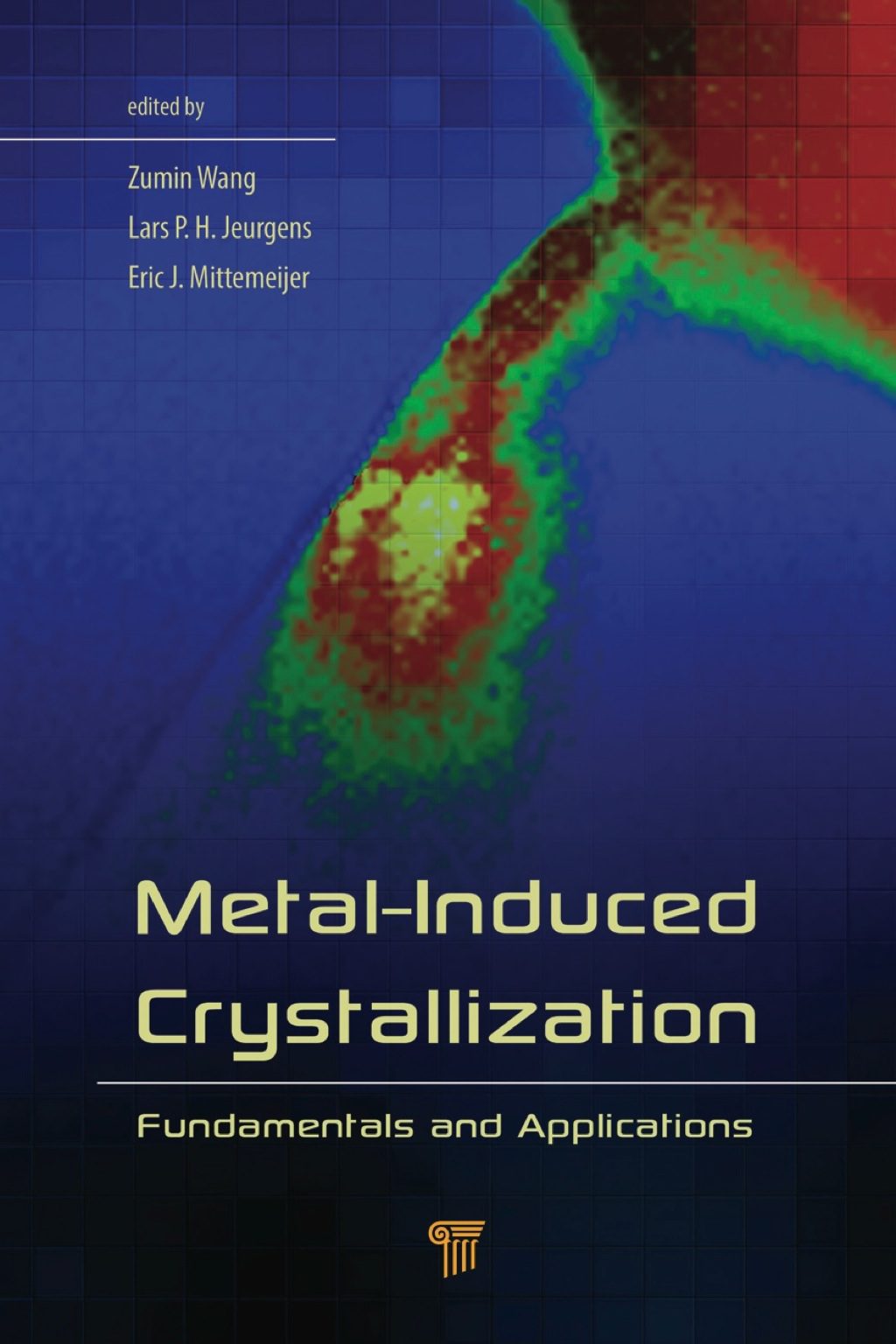
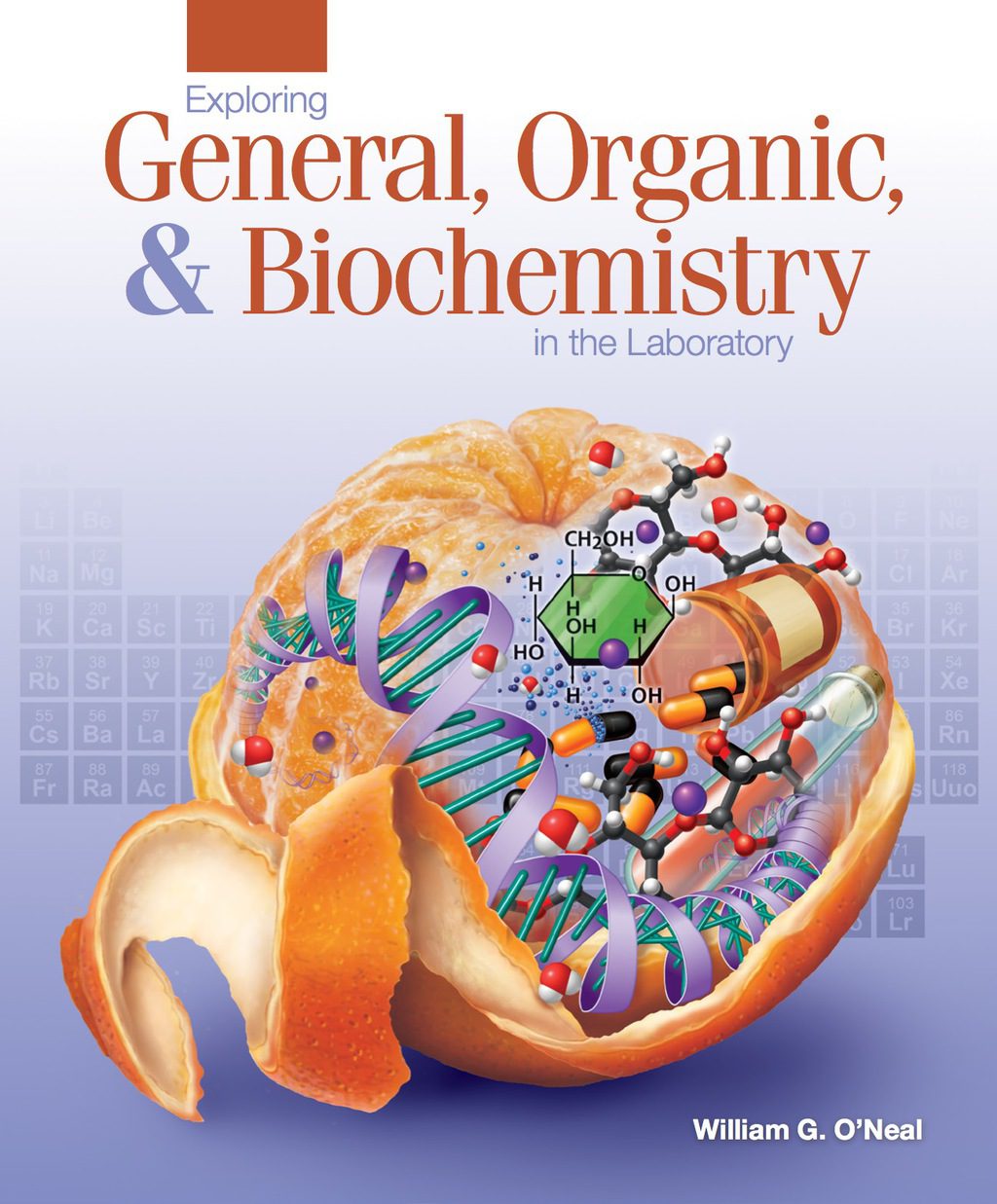
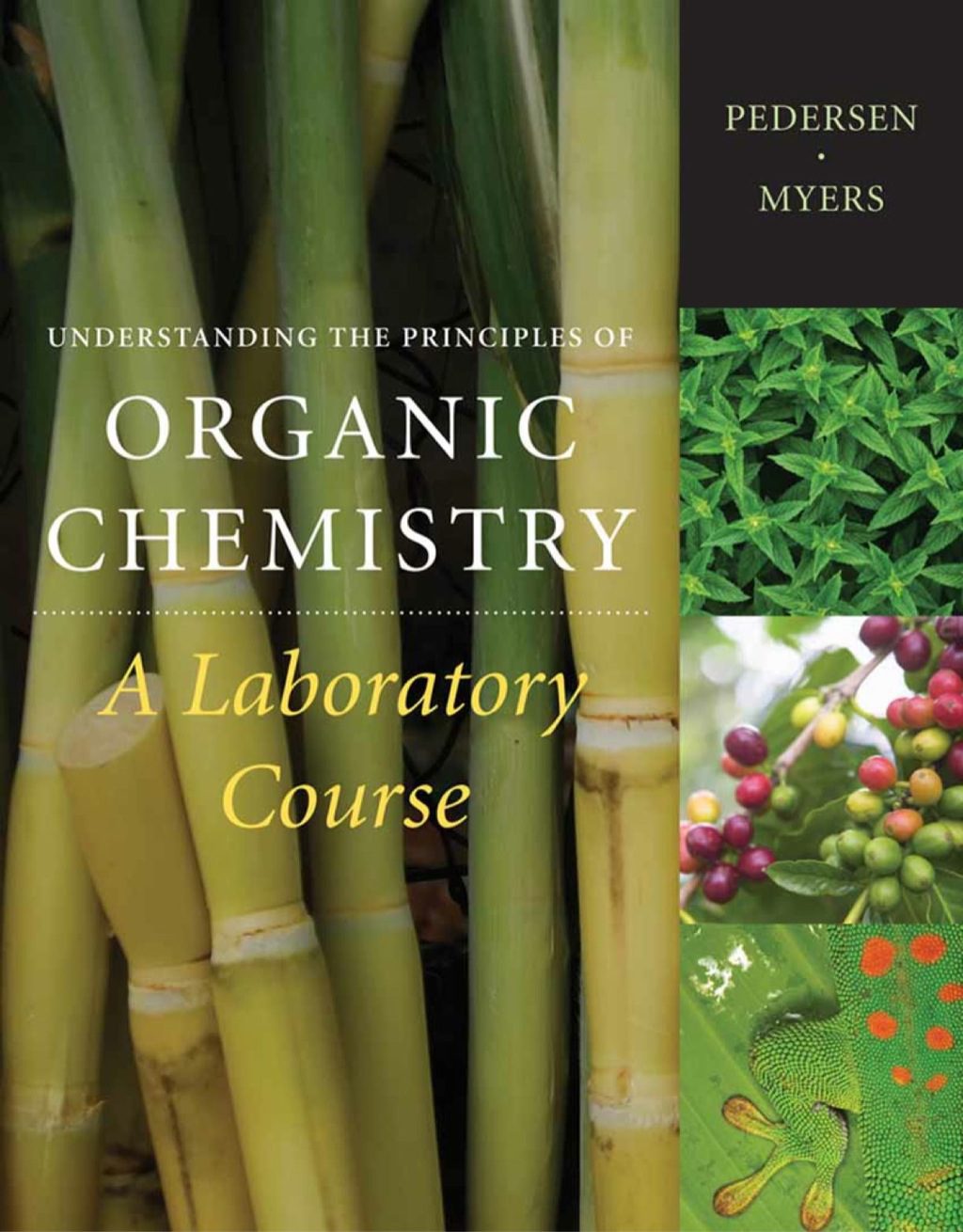


Reviews
There are no reviews yet.